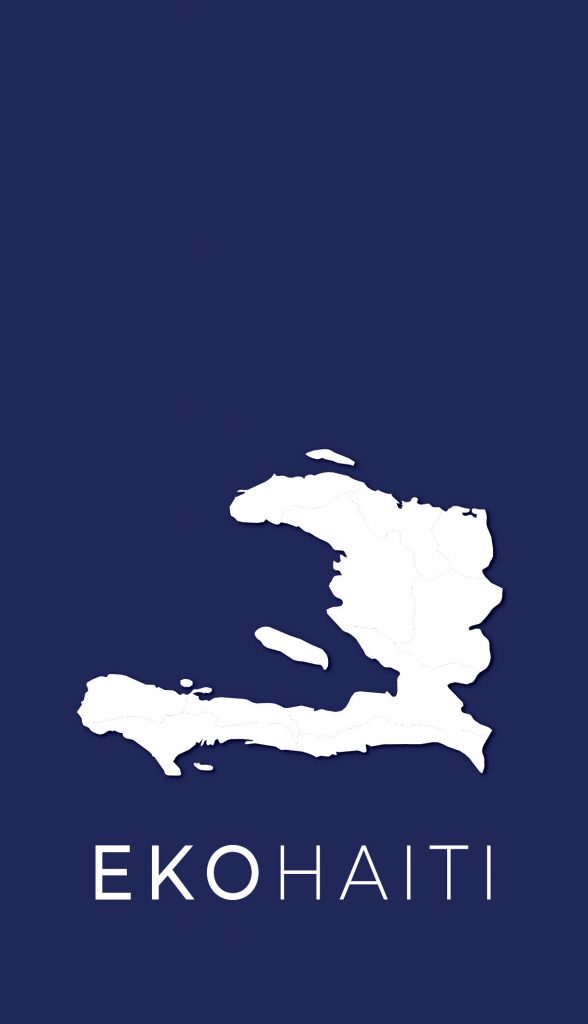The idea of Frequency Lists comes from the Freelisting technique used in Cultural Consensus Analysis (Romney et. al. 1986; Borgatti 1992). The technique is designed to document categorical knowledge, usually among non-literate people whose folkways are little known outside their living group. For example, a researcher may wish to learn about the types of local foliage rural Haitian leaf doctors use to concoct herbal remedies. The researcher would ask a sample of leaf doctors to give the names of plants they use. The questions are typically asked of 20 to 30 respondents. Responses from the sample of respondents are then correlated. Those plants mentioned often, for example, by more than 5 respondents, are accepted as part of the semantic category of ‘plants Haitian leaf doctors use to make herbal remedies.’ Although the technique is simple in its conception and application, statistical analysis yields a depth of information. The more frequently an herb is mentioned the more commonly we can assume Leaf Doctors use it. A correlation in order of responses—mentioned first, second, fifth– suggests the importance of a particular item, in this case a plant or leaf. Further analysis can be done with the results to uncover relationships between different herbs.
For the Maissade survey, the Freelisting technique was modified to identify vulnerable households in what we here call Frequency Listing. The advantage of the strategy is that it taps local knowledge. As seen in Section ## about criteria, Proxy Means Tests of different criteria yield low predictive value when measured against variables such as child malnutrition. Part of the reason for this is that a) differences in the wealth of the most impoverished rural Haitian households tend to be miniscule, b) inter-household dependency and sharing largely smooth over the differences, c) rural households invest heavily in urban homes, and more than anything else d) rural Haitians invest heavily in social capital. Neither outsiders nor survey questions easily measure social capital. But we can make the assumption that, not unlike the leaf doctor with his or her herbal remedies, the typically competent person living in rural Haiti can be thought of as a type of expert in judging the resources and social capital of his or her family, friends, and neighbors. We expect from studies in Cultural Consensus Analysis that when a minimum of respondents identify the same individuals as vulnerable, those individuals are indeed the most vulnerable among their neighbors. Another advantage of what we are calling Frequency Listing is that it increases the credibility of the choice of the vulnerable.








